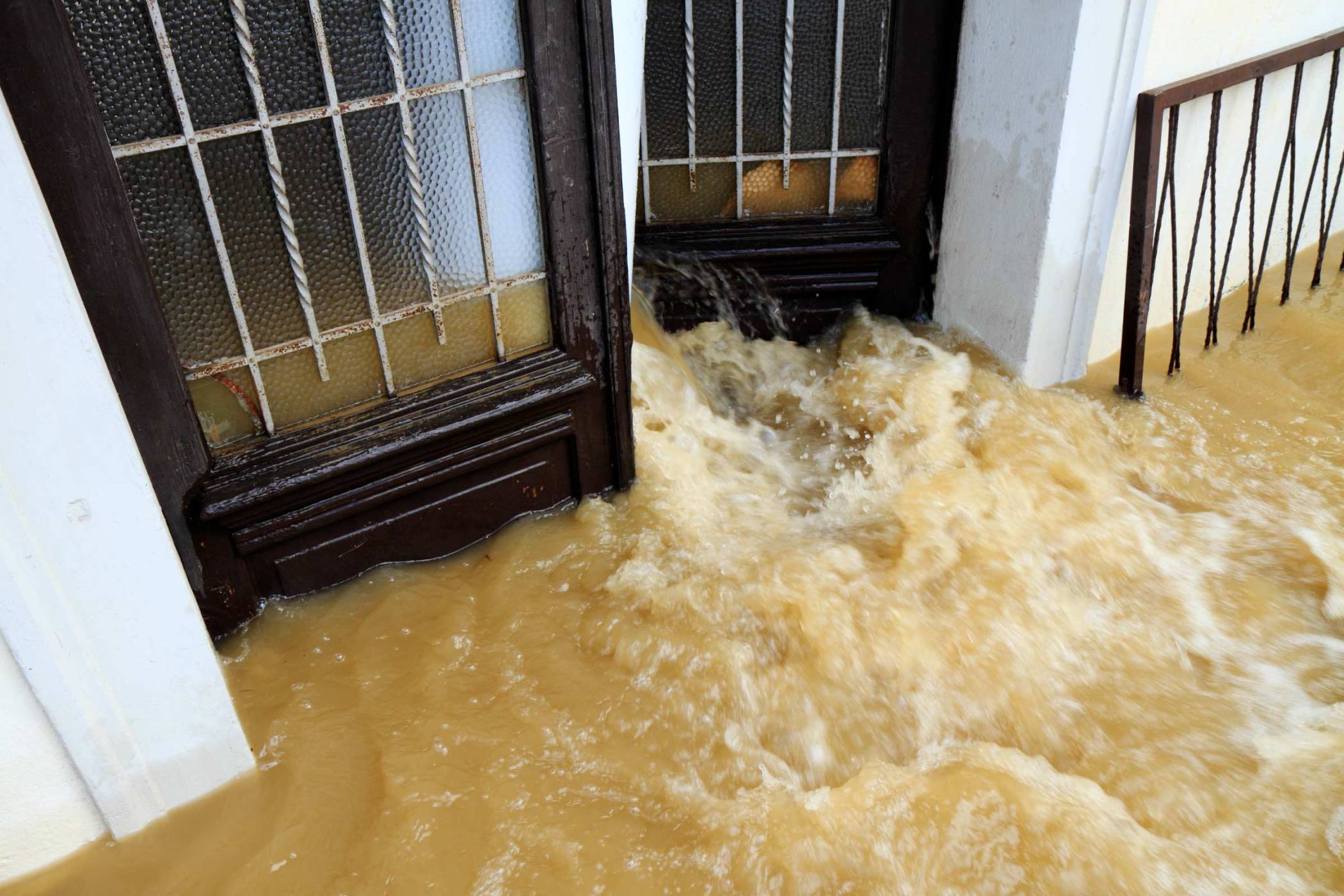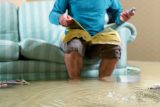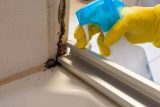Flood Preparedness: Simple Steps to Protect Your Home
Homeowners
Call Now for 24/7 Emergencies574-385-9111
Posted by: David Sanner 2 months ago
Homeowners face a range of flood risks, each with its unique set of challenges throughout Northern Indiana. From the sudden deluge of a heavy rainstorm overwhelming local drainage systems to the gradual encroachment of water from nearby lakes and rivers, the avenues through which water can invade our homes are varied. Because of these factors, flood preparedness is a must.
Add to this the potential for melting snow to swell waterways and the less visible, yet equally impactful, risk posed by aging or inadequate infrastructure, and it becomes clear that being prepared is essential. Below we’ve outlined some ways you can safeguard your home and ensure that, should the waters rise, you are ready to respond effectively.
Know Your Flood Risk
Awareness is your first line of defense. Start by finding out if your home is in a flood-prone area. It’s as easy as checking flood maps online through resources like FEMA or chatting with your local town or city hall. This knowledge is crucial for planning your next steps.

Stay Alert
Sign up for weather alerts and apps that notify you of flood risks so you’re never caught off guard. Having time to prepare for heavy rain will help prevent flood damage.
Check Your Insurance
Take a moment to review your insurance policy. Flood damage might not be covered, so it’s worth considering an additional policy if you’re at risk.
Preventive Measures to Shield Your Home
Taking proactive measures against flooding focuses on the potential vulnerabilities in your home, offering essential defense against water damage. By implementing these steps, you can significantly mitigate the impact of floods, saving time, money, and stress.
- Basement Basics: If you have a basement, sealing cracks and installing a sump pump can keep it dry. Simple fixes now can prevent headaches later.
- Raise It Up: Keep your electrical systems, like fuse boxes and appliances, off the ground. This can prevent costly damages and ensure your home’s safety.
- Drainage is Key: Make sure water can flow away from your house easily. Cleaning gutters and considering landscaping that directs water away are smart moves.
- Smart Landscaping: Planting certain types of grass and shrubs can absorb excess water, adding another layer of protection for your home.
Immediate Steps When Floods Threaten
After a flood, restoration specialists recommend taking the following actions to mitigate the damage and ensure safety:
1. Prioritize Safety
Ensure that it is safe to enter your home. Check for structural damage, such as cracks in the foundation or collapsed floors and walls. Avoid entering if there’s a risk of collapse or if you smell gas. Turn off the main power supply if there’s any risk of electrical hazards.
2. Document the Damage
Before making any repairs, document the damage thoroughly. Take photos and videos of all affected areas and items. This documentation is crucial for insurance claims and for any government disaster assistance programs.
3. Contact Your Insurance Company
Early communication with your insurance provider is critical. Inform them about the damage, and they will guide you through the claims process. The insurance company will likely recommend water damage restoration professionals like Lake City Restoration.
4. Begin The Water Removal and Drying Process
Once you contact Lake City Restoration, we can begin to remove standing water as soon as possible. Our team uses pumps or wet vacuums for water extraction. After removing the water, we use dehumidifiers and fans to dry out the premises. Remember, quick action is essential to prevent mold growth, which can begin within 24 to 48 hours after flooding!
5. Clean and Disinfect
Floodwater can be contaminated, so it’s important to clean and disinfect all affected areas. If you want to handle this yourself, be sure to use appropriate cleaning agents to disinfect floors, walls, and other surfaces. Be cautious with wet items, as some may need to be thrown out if they cannot be thoroughly cleaned.
6. Begin Repairs and Restoration
Once the area is dry and clean, repairs and restoration of your home can begin. Restoration can include structural repairs, replacing drywall, painting, and reinstalling carpets.
7. Professional Assistance
When it comes to water damage, it’s always the best idea to call restoration professionals so you don’t risk further damage to your home or business.
Our restoration experts have the experience, licenses, and equipment to handle water damage safely and effectively. This includes assessing damage to plumbing and electrical systems and ensuring that heating and cooling equipment is safe to use. Professional restoration can prevent further damage and help salvage more of your property.
Preparing for a flood doesn’t have to be overwhelming. By taking it one step at a time and assessing your risk while implementing a few key strategies, you can significantly reduce the damage to your home and keep your peace of mind intact.
If the waters do rise, Lake City Restoration is here to help put the pieces back together, guiding you through recovery every step of the way. Stay safe, stay informed, and let’s work together to keep our homes and communities dry and secure.
Categories:
About: David Sanner
David’s mission is to always provide the best for each customer, using the latest technology and methods with integrity. Owning his own business has given him the freedom to embrace innovation, industry changes, and technological advancements quickly while providing services to a large geographic area.
You May Be Interested In:

Flood Preparedness: Tips for Minimizing Damage Before Restoration
4 days ago by David Sanner

How to Prevent Future Mold Growth After Water Damage Restoration
3 weeks ago by David Sanner

The Role of Professional Restoration in Preserving Valuables After a Disaster
1 month ago by David Sanner

Tips for Safely Handling Biohazard Cleanup in Your Home
3 months ago by David Sanner
Are You Currently Having an Emergency?
Whether you’re having an emergency now or you’ve recently found damage, we’re ready to help 24/7! Call us now or reach out to our contact page.